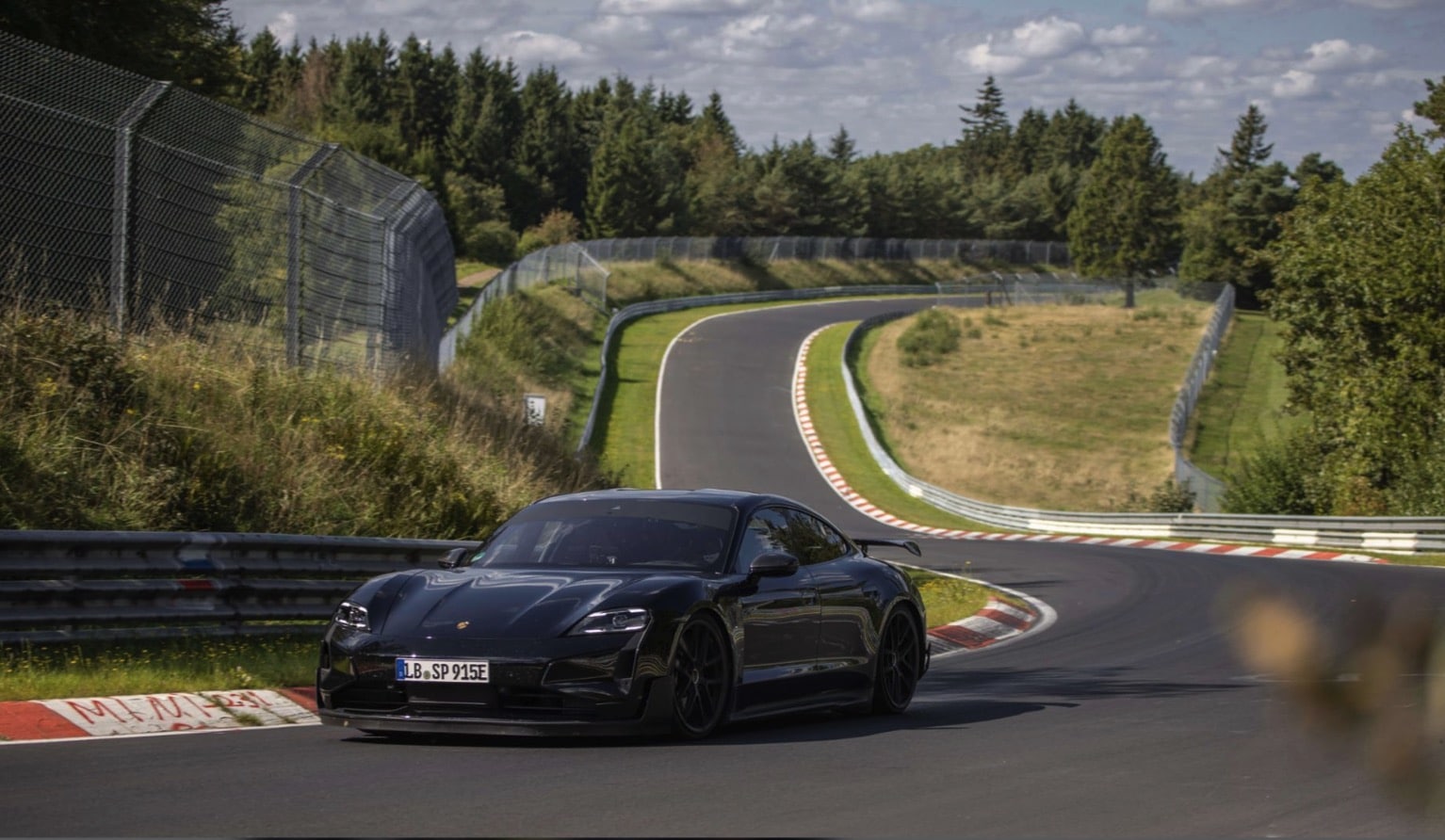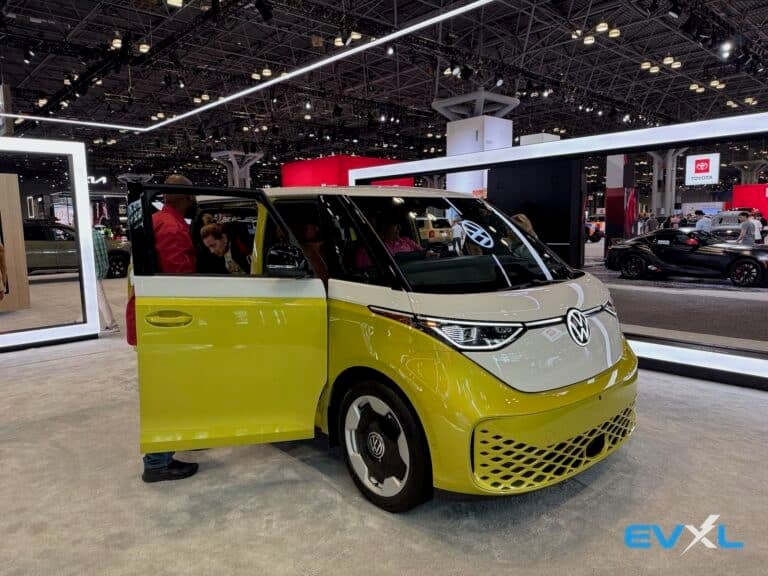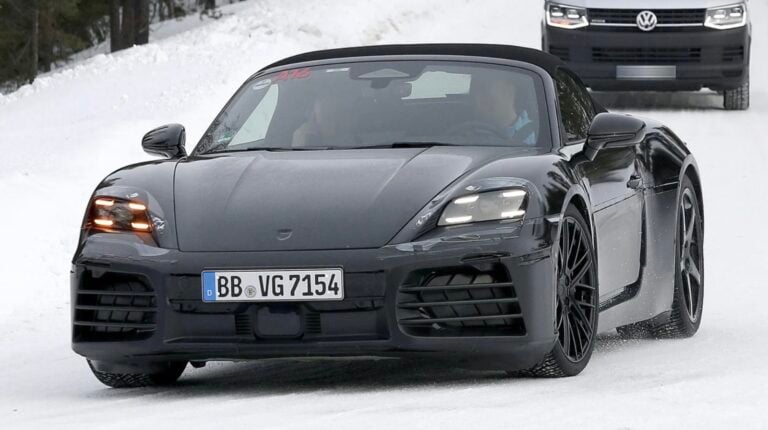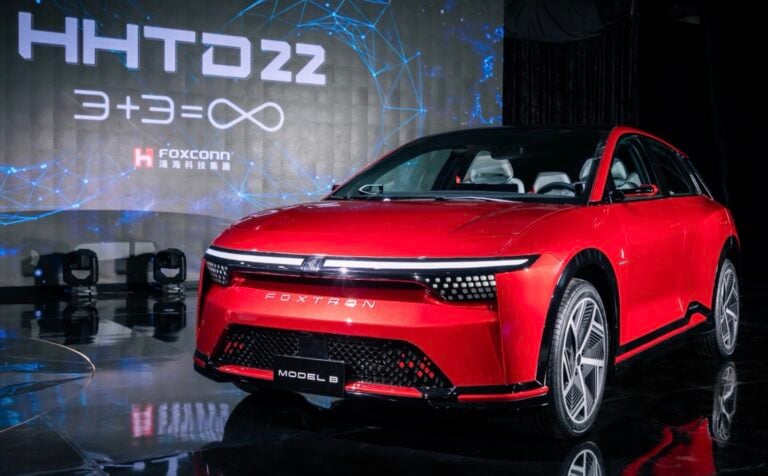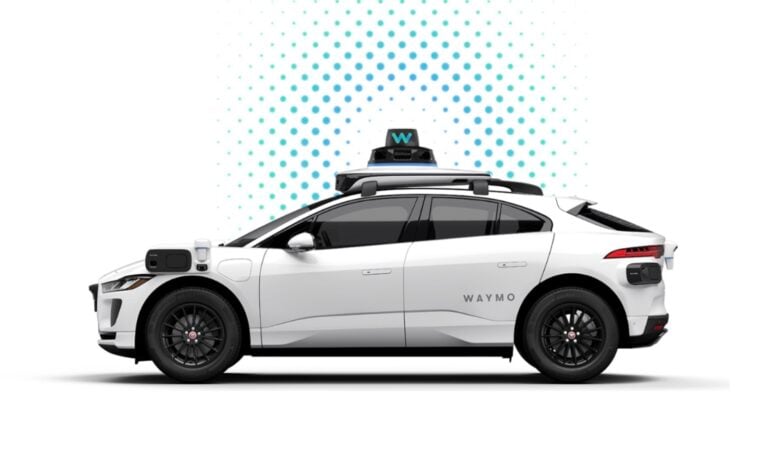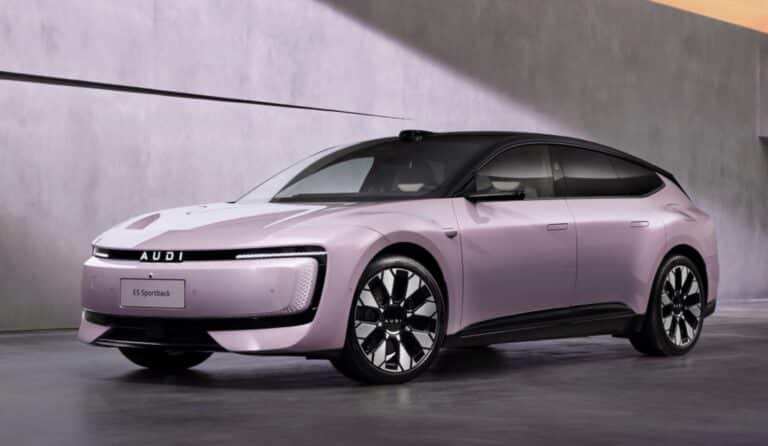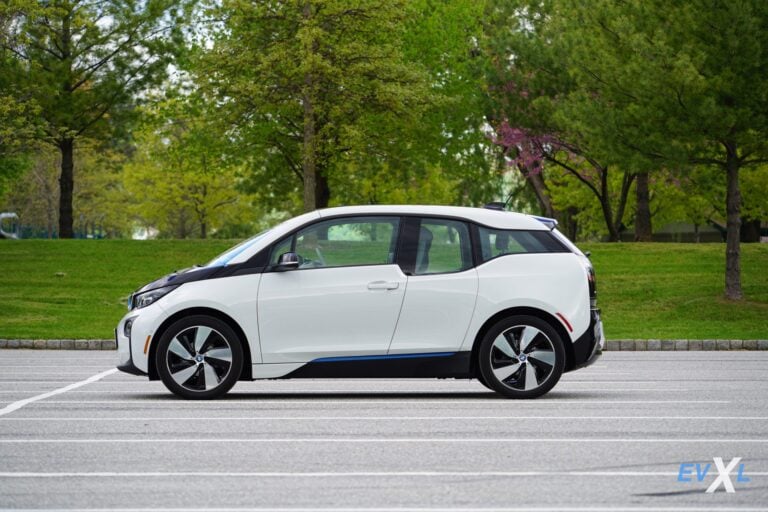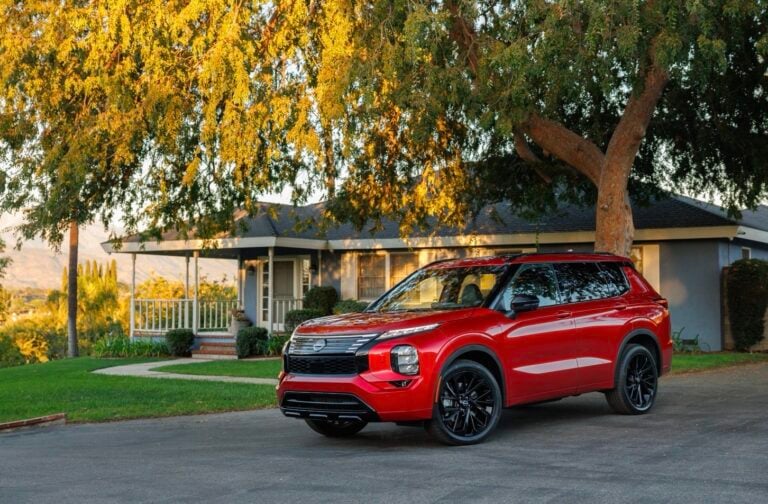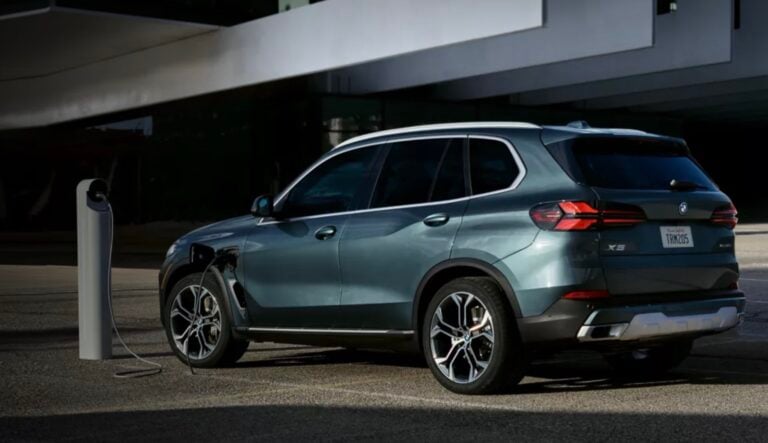Imagine shelling out for a sleek Porsche Taycan, only for tariffs to jack up prices – that’s the harsh reality hitting Mercedes and Porsche as they slash profit forecasts amid US trade blows and China’s cutthroat EV battles.
Mercedes-Benz Group AG and Porsche AG have revised their annual profit expectations downward, highlighting the impact of new US tariffs on imported vehicles and a competitive electric vehicle landscape in China. This adjustment reflects broader pressures on German luxury automakers amid trade tensions and shifting market dynamics.
Tariff Impacts on US Sales and Production Strategies
The recent imposition of 15% tariffs on autos imported from the European Union has prompted both companies to adjust their outlooks. Porsche, without a US factory, imports all vehicles sold in the American market from Europe, making it particularly vulnerable. Mercedes, which exports SUVs from its Alabama plant to China, faced duties exceeding 100% before a mid-May trade truce reduced the rate to about 35%. Without the tariff effects, Mercedes indicated its carmaking margin would stay within the previous 6% to 8% range, reports Bloomberg.
In response, Mercedes plans to shift production of the GLC SUV to the US to mitigate charges. Porsche is considering options like final assembly in the US as part of Volkswagen’s production expansion. These moves aim to offset the financial strain, but they underscore operational challenges in adapting supply chains to trade barriers.
Challenges from China’s EV Price War
An electric-vehicle price war in China, driven by local brands like BYD Co., is eroding demand for premium models such as Porsche’s Taycan and Mercedes’ EQS, the battery-powered counterpart to the S-Class limousine. This competition has undermined margins in the world’s largest auto market, where Chinese firms including BYD and Geely are also expanding into Europe’s stagnant sector.
Porsche has cut its return on sales forecast to as low as 5%, down from at least 6.5%, incorporating the tariff hit and approximately €1.3 billion ($1.5 billion) in costs for its strategic reset. Mercedes anticipates its carmaking margin could drop to 4%, from a prior minimum of 6%, with group revenue for 2025 expected significantly below last year’s levels. In the second quarter, Mercedes’ automaking margin fell to 5.1%, below targets tied to its luxury focus.

Broader Implications for Luxury EV Strategies
These headwinds are complicating Mercedes’ 2022 strategy to enhance profitability by emphasizing high-end offerings like Maybach limousines, AMG performance models, and the G-Wagon, while reducing lower-margin entry-level vehicles such as the A-Class. Porsche, controlled by Volkswagen AG, is responding by replacing top managers, implementing further cost cuts including job reductions, and expanding its lineup with more combustion-engine and plug-in hybrid models.
“We continue to face significant challenges around the world,” Porsche Chief Executive Officer Oliver Blume said. “And this is not a storm that will pass.” This raises questions about the sustainability of premium pricing in a market flooded with affordable EVs.
The US has recently become Porsche’s largest single market, surpassing China, but the lack of local production amplifies tariff vulnerabilities. Mercedes also cited weaker van demand and declining mobility services revenue as additional drags. Restructuring efforts, including a voluntary redundancy program for back-office staff and the sale of van operations in Argentina, have further impacted profitability.
Market Reactions and Industry Context
Mercedes shares dropped as much as 2% in Frankfurt following the announcement, with the stock down around 1% year-to-date. Porsche shares rose 2.3% as analysts noted stronger-than-expected revenue and cash flow, though the stock remains down more than a fifth this year.
This development aligns with similar warnings from other automakers, such as Aston Martin Lagonda Global Holdings Plc and Stellantis NV, whose North American operations face pressure from the duties. Building on that, the trade frictions add to structural shifts, where European luxury brands must navigate both protectionist policies and aggressive EV pricing from Chinese competitors to maintain market positions.
Overall, these revisions signal economic pressures that could reshape investment in electric models and prompt further localization of production. As tariffs persist, German automakers may accelerate hybrid transitions to bridge demand gaps in key markets.
Entdecken Sie mehr von EVXL.co
Melde dich für ein Abonnement an, um die neuesten Beiträge per E-Mail zu erhalten.

